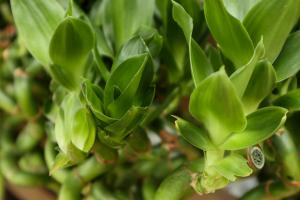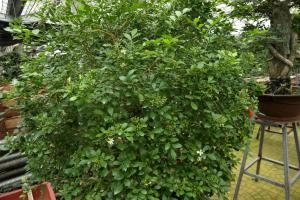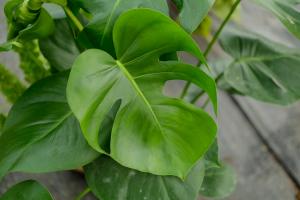Can I Plant Bare Root Trees in March?
March is a great time to plant bare root trees as long as the soil is not frozen and weather conditions are suitable. Bare root trees are sold in the dormant season when they have no leaves, making them easier to transport and plant. They are also cheaper than container-grown trees and offer a wider selection of species and cultivars. Here are some tips to help you plant bare root trees successfully in March.
Choose the Right Species and Cultivar
The first step is to choose the right species and cultivar for your needs and site conditions. Consider the tree's growth habit, size, shape, foliage, flowers, fruit, and other features. Also, ensure that the tree is suitable for the soil type, pH, drainage, sun exposure, and climate of your area. Consult a local nursery, arborist or extension service for advice and recommendations.
Prepare the Site
Prepare the planting site before you receive the bare root tree. Choose a location with enough space for the tree to grow to its full size without interfering with power lines, buildings or other trees. Remove any weeds, rocks or debris, and dig a hole that is twice as wide and deep as the tree's root system. Amend the soil with organic matter like compost, manure or leaf mold, to improve drainage, nutrient retention, and soil structure.
Plant the Tree
Plant the tree as soon as possible, ideally within 24 hours of receiving it. Soak the roots in water for a few hours before planting, to rehydrate them and stimulate growth. Trim any broken, damaged or crossing roots, and spread the remaining roots outward, like the spokes of a wheel. Set the tree on top of the soil mound in the center of the hole, and fill in the hole with soil, tamping it down gently. Water the tree thoroughly to settle the soil and remove air pockets.
Mulch and Water Regularly
Apply a layer of organic mulch like wood chips, bark, or straw, around the base of the tree, to conserve moisture, regulate soil temperature and suppress weeds. Keep the mulch a few inches away from the trunk, to avoid creating a moist environment that can promote rot or disease. Water the tree regularly, especially during dry spells, to keep the soil moist but not waterlogged. Avoid overwatering or letting the soil dry out completely.
Monitor and Maintain the Tree
Monitor the tree for signs of stress, such as wilting, yellowing, or dropping leaves, branches or fruit. These could indicate pests, diseases, nutrient deficiencies, or other issues that need to be addressed promptly. Prune the tree annually to promote healthy growth, remove damaged or diseased branches, and maintain its shape and size. Fertilize the tree with a slow-release, balanced fertilizer in spring, and avoid applying excessive amounts that can burn the roots or leach into groundwater.
In conclusion, planting bare root trees in March is a great way to add beauty, value, and functionality to your landscape. Follow these tips to choose, prepare, plant, mulch, water and maintain the tree, and enjoy its benefits for years to come.

 how many times do yo...
how many times do yo... how many planted tre...
how many planted tre... how many pine trees ...
how many pine trees ... how many pecan trees...
how many pecan trees... how many plants comp...
how many plants comp... how many plants can ...
how many plants can ... how many plants and ...
how many plants and ... how many pepper plan...
how many pepper plan...
































